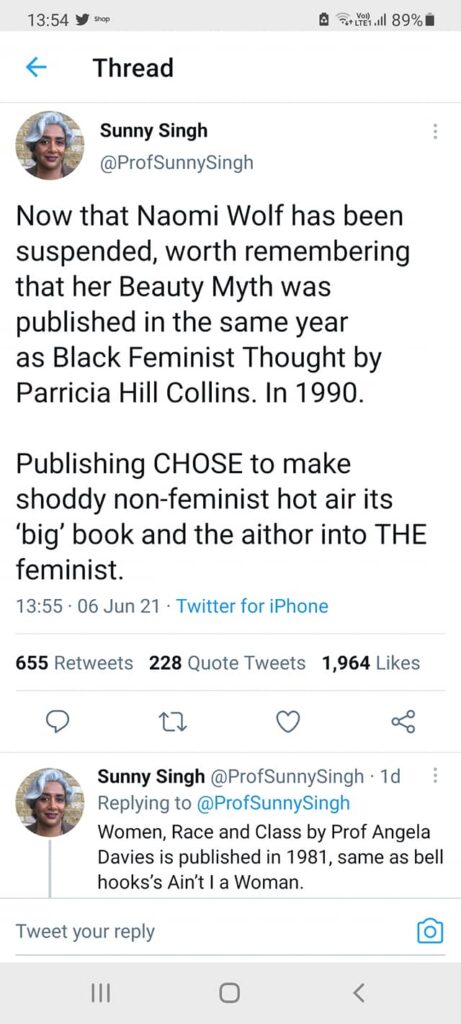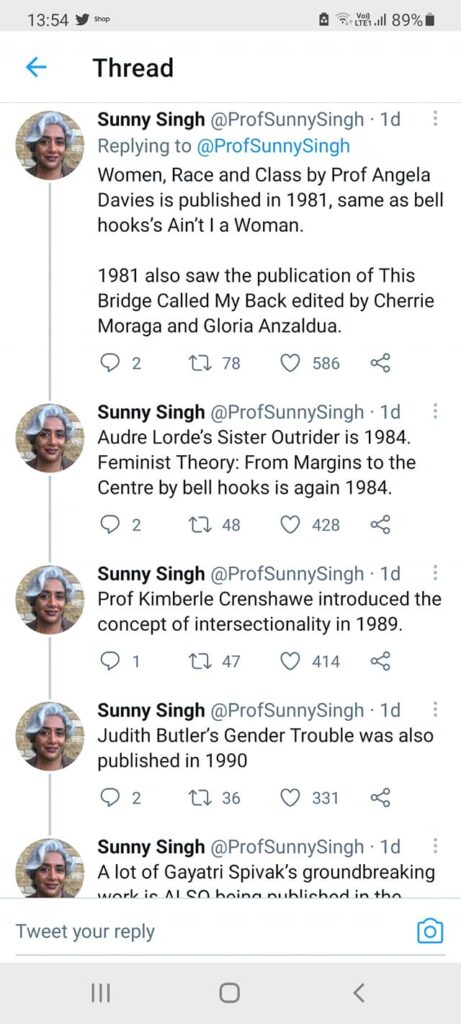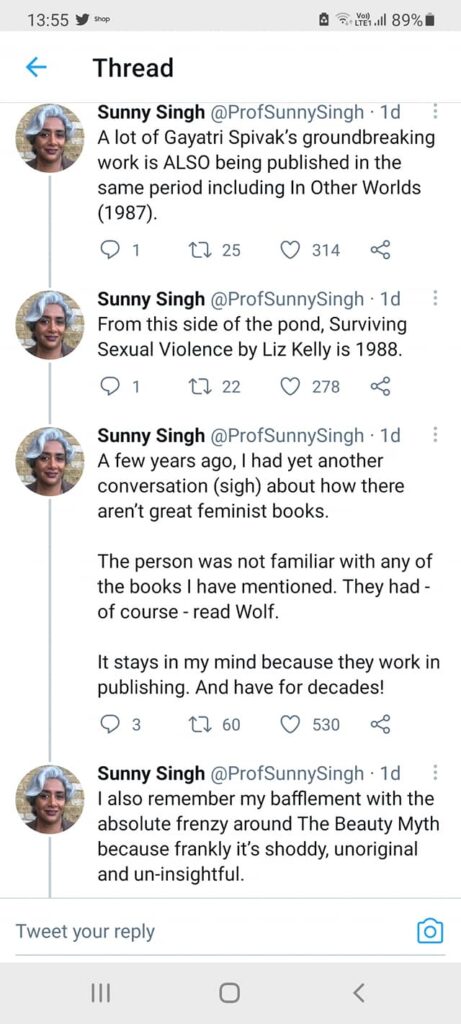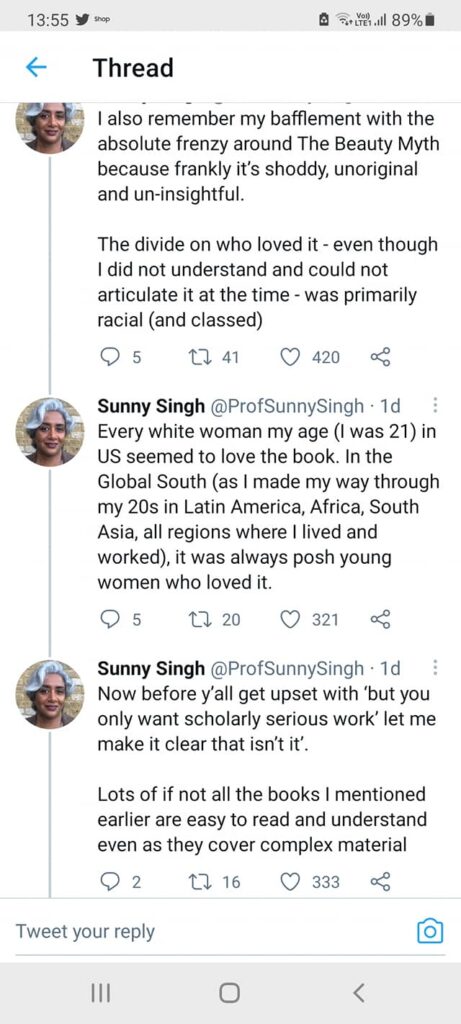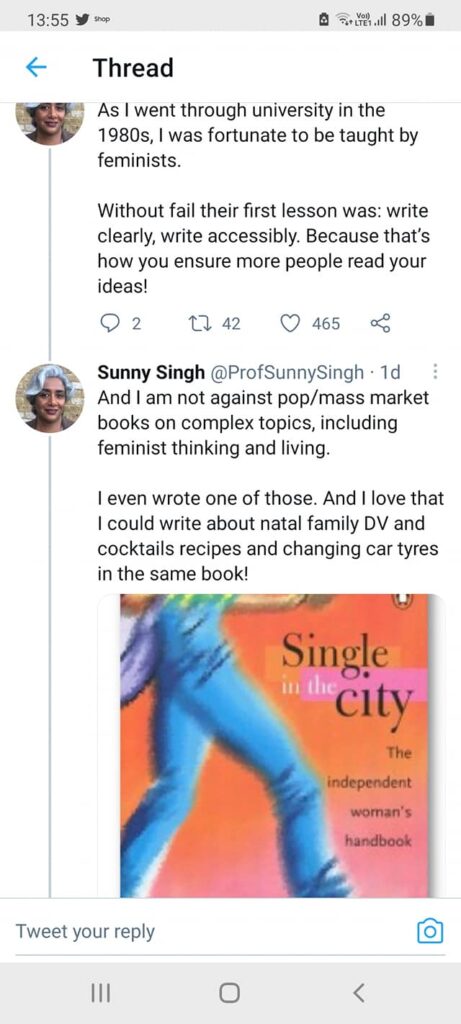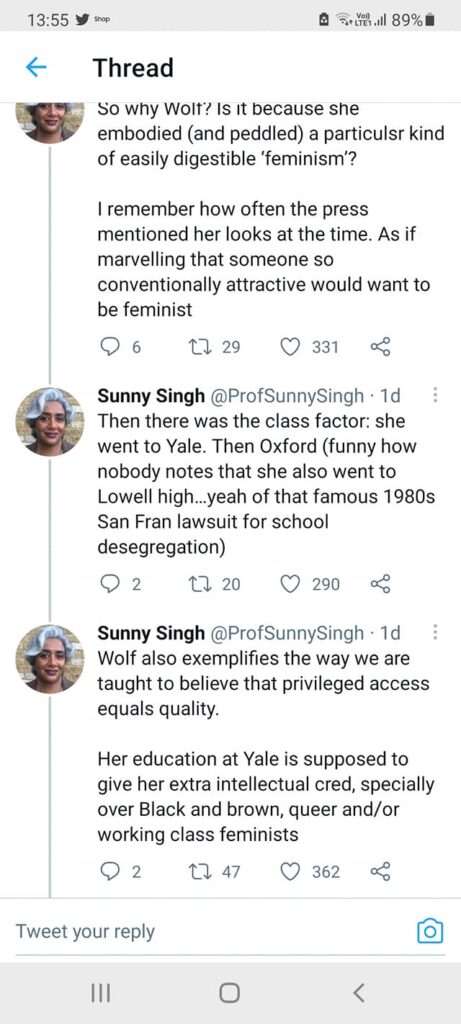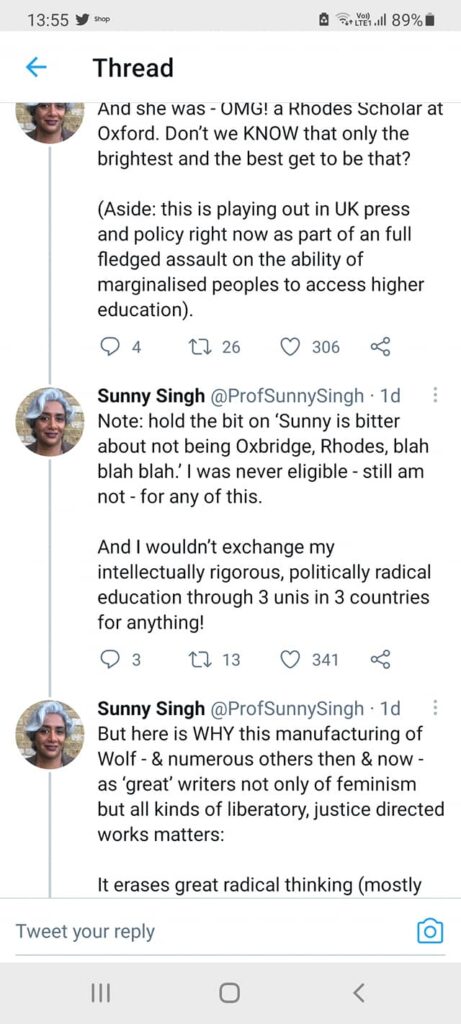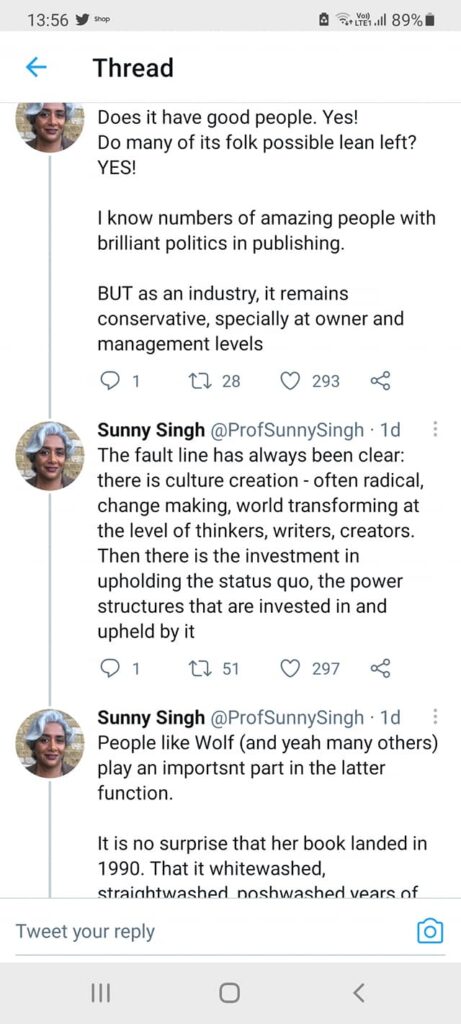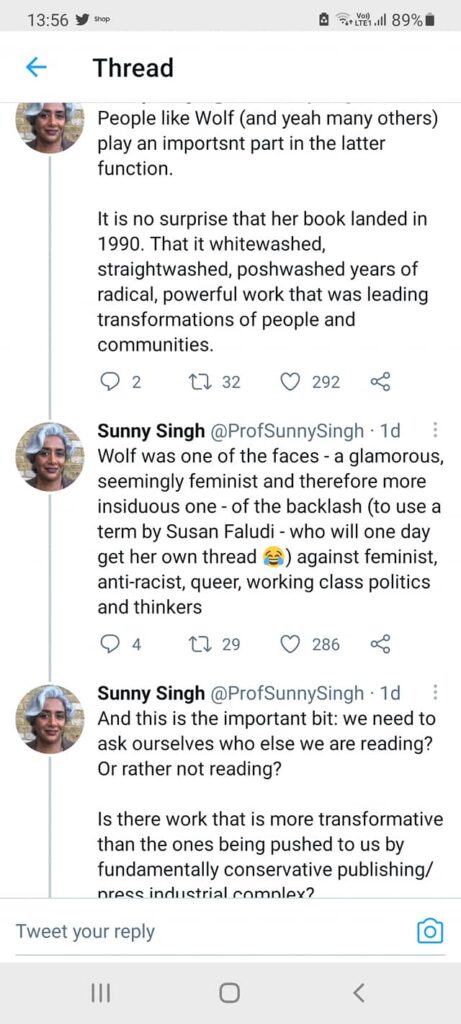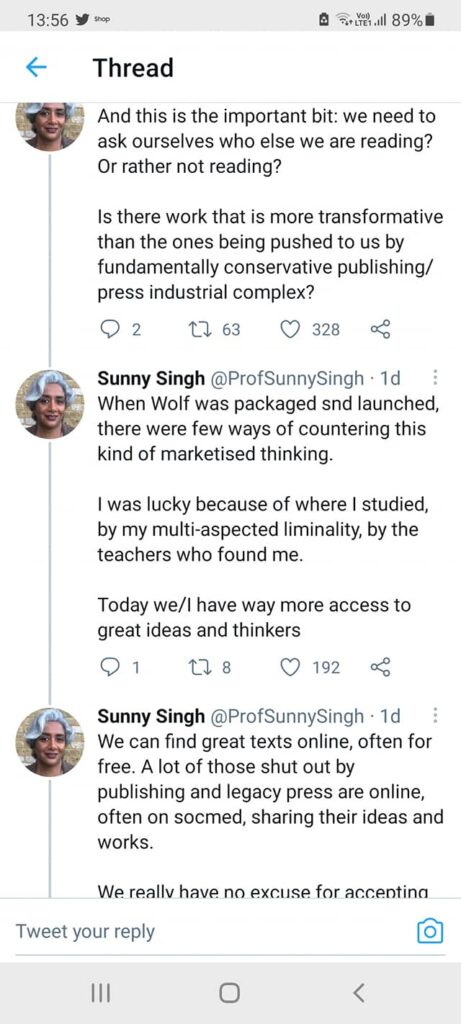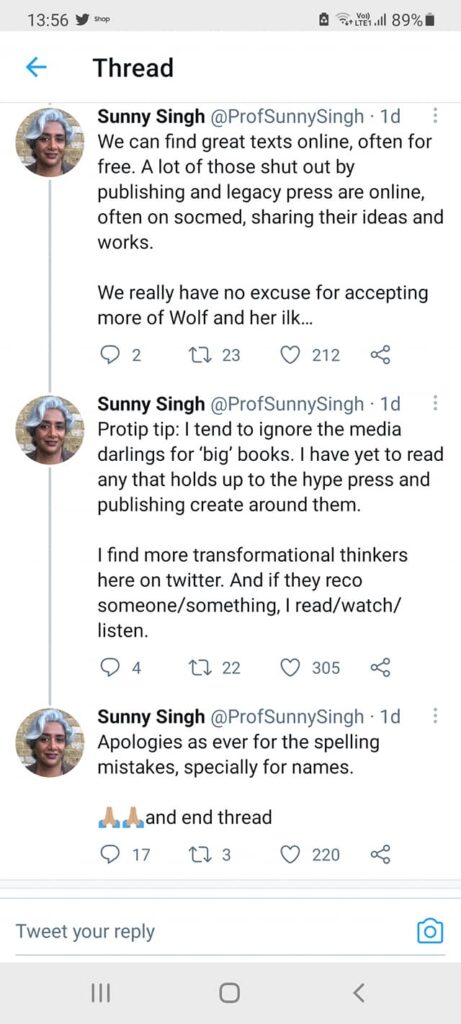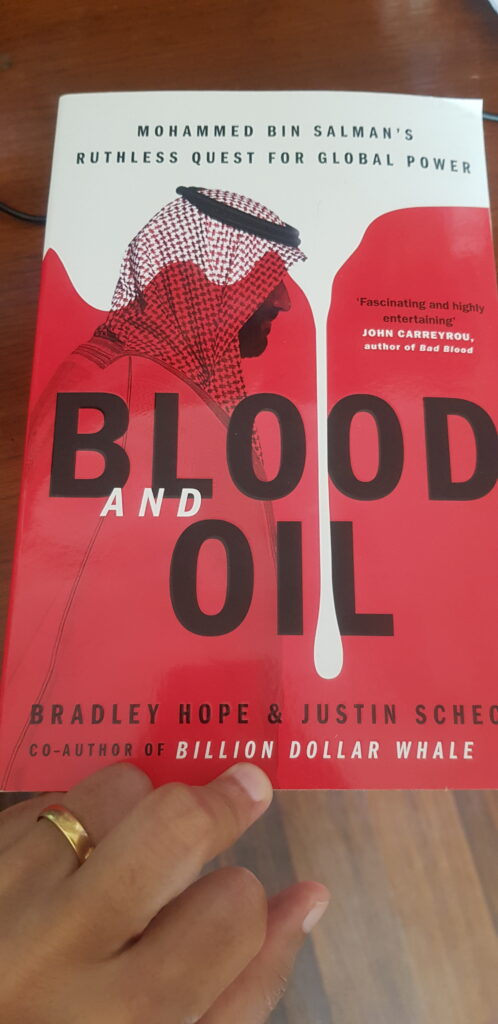
( My monthly column, “PubSpeak”, in BusinessWorld online. July 2013 is on “discoverability”. Here is the link to the orignial url http://www.businessworld.in/en/storypage/-/bw/publishers-search-tools-to-find-readers/r1013160.37528/page/0 )
Publishers’ Search Tools To Find Readers
Jaya Bhattacharji Rose on why it is the discovery of a book that ultimately matters for the business of publishing
How does a reader ‘discover’ an author/book? Today digital technology is rapidly becoming a unifying factor in the coming together of print and electronic forms of publishing. It is also responsible for the “discoverability” of a book. Traditional forms of discovery – curation in a brick-and-mortar bookstore, word-of-mouth recommendations, libraries, second hand bookstores, gifts, book reviews in newspapers and magazines and book clubs continue to be significant. Literary prizes too are important.

Caroline Newbury, VP Marketing and Publicity, Random House Publishers India explains the link well with reference to their author, Shehan Karunatilaka winning the DSC prize worth $50,000 in 2012 for his book Chinaman. “Any prize which supports both new and established writers is to be praised but the DSC Prize is a special case for its specific promotion of writing about South Asia,” says Newbury. “Since its DSC Prize win we have reprinted Shehan Karunatilaka’s Chinaman and its prize-winning credentials definitely help bring it to a wider readership in India and beyond.”
Yet it is the popular modes of discovering a book including online reading communities like Goodreads and Riffles; advertisement banners in e-mails and on websites; automatic recommendations on online retail sites like Amazon, Flipkart; conversations and status updates in social media spaces such as Facebook, LinkedIn, Twitter, Pinterest; following literary curators; bloggers; and even movie adaptations of a book.

Two books that I read recently – 50 Writers, 50 books: The Best of Indian Fiction and Reading New India: Post-millennial Indian Fiction in English, apart from being thought-provoking commentaries on literature, are a good way of discovering authors. The first is an anthology of essays discussing books from Indian fiction, across languages and the second a critique with a synopsis of the stories of predominantly commercial fiction. The texts complement each other well, but for a reader they are valuable for discovering fiction hitherto they have unheard of, especially since the fiction discussed is recommended by academics, authors, critics and literary tastemakers.

It is important to delineate the thin line between discoverability and promotion of a book. Discoverability would depend largely upon the gravitas of the book, the whispers that are heard about a book in various contexts. But promotions would be the marketing blitzkrieg created by the publishing houses. These could include the predictable book launches, panel discussions, and author tours, interviews in the prominent newspapers and participating in literary festivals. Now add to that list partnerships with coffee chains. Authors too are beginning to hire PR firms and consultants to strategise and create a media buzz for their books.
Last week two publishing professionals – Jonathan Galassi, head of Farrar, Straus & Giroux (http://www.vulture.com/2013/07/farrar-straus-giroux-jonathan-galassi-on-hothouse.html) and Anakana Schofield, debut novelist ( http://www.guardian.co.uk/books/2013/jul/25/anakana-schofield-how-to-write ) – raised the fundamental question about the meteoric rise in the number of writers, but where are the readers? It seems that for the first time in publishing, there are more writers than readers. It should be considered as a happy trend. More to publish, more to sell. But are there any takers? Or more importantly, how do you discover a book you want to read so that you will buy?
On 1 July 2013 Penguin and Random House announced that their merger had been approved. From 2014, the merged entity Penguin Random House is expected to be publishing 15,000 titles a year. Assuming these are all new titles of the front list, it will be a formidable stable of authors. But at the rate of publishing 41 books a day will only make it tougher to locate a title.
And if this is the scenario in English-language trade publishing how does the rest of publishing fare? Some of the other categories to be considered would be trade lists in other languages, translations, children’s literature, non-fiction, and of course academic publishing. All kinds of authors are struggling to be heard/ read.
And this conundrum of discovering an author or a relevant text extends beyond trade publishing to academic publishing too. Last week The Bookseller, a publishing industry daily, announced that “Google is to bring a textbook sale and rental service to the Google Play store this August in time for the Back to School season. The company announced it had partnered with academic publishers Pearson, Wiley, Macmillan, McGraw Hill and Cengage Google Play will offer textbook rentals and sales for up to an 80 per cent discount, the company has said, which is the same claim Amazon makes for its Kindle textbook rentals.”
This is similar to the CourseSmart model provides eTextbooks and digital course materials. It was founded in 2007 by publishers in higher education including Pearson, Cengage Learning, McGraw-Hill Education, Bedford, Freeman & Worth Publishing Group (Macmillan) and John Wiley & Sons. According to research firm Outsell Inc Online products accounted for 27 per cent of the $12.4 billion spent on textbooks for secondary schools and colleges in the US last year. Publishers like Pearson Plc and McGraw-Hill Education are also creating online versions of their texts, often loaded with interactive features, and selling students access codes that expire at semester’s end.
These alternative methods of discovering an author may be worth exploring. It is probably “easier” to experiment with dedicated platforms for textbooks where the selling price of a title is exorbitant. So, offering short-term licences (“access codes”) to academics and students to review, rent and (in moderation) print relevant pages creates a wider community of users.
Plus, it is increasingly becoming an important alternative source of revenue generation for publishing firms, although reservations exist about the adoption of a digital format by students, indications are that students prefer books. Whereas for trade publishers investing in platforms will be economically unviable unless you are Penguin and create Book Country. But for most others it will be an expensive proposition unless they opt for digital catalogues. Hence an online, interactive, cross-publisher catalogue service that supplements or replaces traditional hard-copy publisher catalogues like Edelweiss, whose tag line is “Finding your next favourite book is a lot easier”. As marketing executives say books are a low-cost product so media copies are distributed but it is the discovery of a book that ultimately matters for the business of publishing.
Jaya Bhattacharji Rose is an international publishing consultant and columnist
@JBhattacharji

